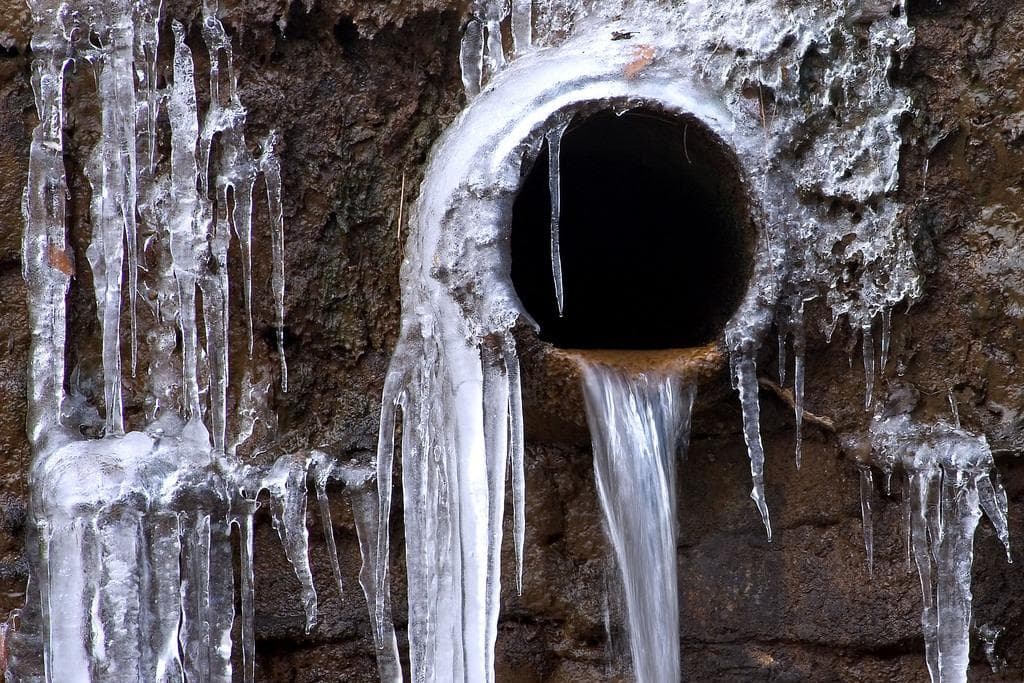On this page in the next paragraphs yow will discover some good quality content regarding How to prepare your home plumbing for winter weather.

Winter can wreak havoc on your pipes, especially by freezing pipelines. Here's just how to prevent it from taking place and what to do if it does.
Introduction
As temperature levels decline, the risk of icy pipelines increases, possibly leading to expensive fixings and water damage. Understanding exactly how to avoid icy pipelines is critical for property owners in chilly environments.
Avoidance Tips
Protecting at risk pipelines
Cover pipes in insulation sleeves or utilize heat tape to safeguard them from freezing temperatures. Focus on pipelines in unheated or external locations of the home.
Home heating methods
Keep interior rooms adequately warmed, particularly areas with pipes. Open cabinet doors to permit cozy air to circulate around pipelines under sinks.
Exactly how to determine icy pipes
Look for reduced water flow from faucets, unusual odors or sounds from pipes, and noticeable frost on subjected pipelines.
Long-Term Solutions
Architectural adjustments
Take into consideration rerouting pipes far from outside walls or unheated areas. Include additional insulation to attic rooms, cellars, and crawl spaces.
Upgrading insulation
Purchase high-grade insulation for pipes, attics, and walls. Correct insulation aids maintain constant temperature levels and lowers the threat of icy pipelines.
Protecting Outdoor Pipes
Yard tubes and exterior taps
Detach and drain garden tubes prior to wintertime. Set up frost-proof spigots or cover outdoor taps with shielded caps.
Comprehending Frozen Pipelines
What triggers pipes to ice up?
Pipes ice up when subjected to temperatures listed below 32 ° F (0 ° C) for prolonged periods. As water inside the pipes ices up, it broadens, taxing the pipe wall surfaces and potentially creating them to burst.
Threats and damages
Frozen pipelines can cause water system interruptions, home damage, and costly repairs. Burst pipes can flooding homes and cause comprehensive architectural damages.
Indicators of Frozen Pipes
Identifying frozen pipes early can avoid them from rupturing.
What to Do If Your Pipes Freeze
Immediate actions to take
If you think frozen pipes, keep faucets open to relieve pressure as the ice thaws. Make use of a hairdryer or towels taken in warm water to thaw pipes slowly.
Final thought
Stopping frozen pipes calls for positive steps and fast actions. By understanding the causes, indicators, and safety nets, property owners can protect their pipes during cold weather.
5 Ways to Prevent Frozen Pipes
Drain Outdoor Faucets and Disconnect Hoses
First, close the shut-off valve that controls the flow of water in the pipe to your outdoor faucet. Then, head outside to disconnect and drain your hose and open the outdoor faucet to allow the water to completely drain out of the line. Turn off the faucet when done. Finally, head back to the shut-off valve and drain the remaining water inside the pipe into a bucket or container. Additionally, if you have a home irrigation system, you should consider hiring an expert to clear the system of water each year.
Insulate Pipes
One of the best and most cost-effective methods for preventing frozen water pipes is to wrap your pipes with insulation. This is especially important for areas in your home that aren’t exposed to heat, such as an attic. We suggest using foam sleeves, which can typically be found at your local hardware store.
Keep Heat Running at 65
Your pipes are located inside your walls, and the temperature there is much colder than the rest of the house. To prevent your pipes from freezing, The Insurance Information Institute suggests that you keep your home heated to at least 65 degrees, even when traveling. You may want to invest in smart devices that can keep an eye on the temperature in your home while you’re away.
Leave Water Dripping
Moving water — even a small trickle — can prevent ice from forming inside your pipes. When freezing temps are imminent, start a drip of water from all faucets that serve exposed pipes. Leaving a few faucets running will also help relieve pressure inside the pipes and help prevent a rupture if the water inside freezes.
Open Cupboard Doors
Warm your kitchen and bathroom pipes by opening cupboards and vanities. You should also leave your interior doors ajar to help warm air circulate evenly throughout your home.

We were made aware of that report about Preventing and dealing with frozen pipes through a pal on a different domain. Do you know somebody who is very much interested in Winter Plumbing Precautions: Preventing Frozen Pipes? Take a moment to share it. I value your readership.
Call Today